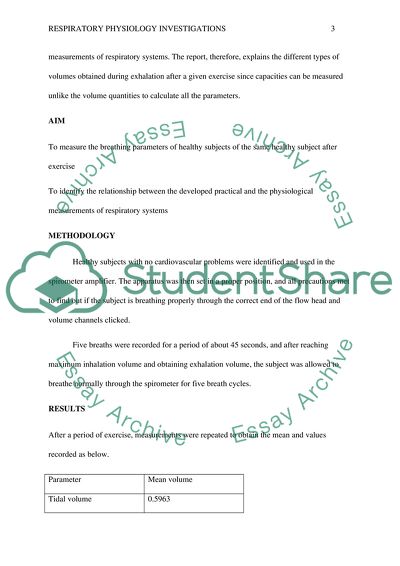Cite this document
(Respiratory Physiology Investigations Lab Report, n.d.)
Respiratory Physiology Investigations Lab Report. https://studentshare.org/health-sciences-medicine/1871204-respiratory-physiology-investigation-practical-lab-report
Respiratory Physiology Investigations Lab Report. https://studentshare.org/health-sciences-medicine/1871204-respiratory-physiology-investigation-practical-lab-report
(Respiratory Physiology Investigations Lab Report)
Respiratory Physiology Investigations Lab Report. https://studentshare.org/health-sciences-medicine/1871204-respiratory-physiology-investigation-practical-lab-report.
Respiratory Physiology Investigations Lab Report. https://studentshare.org/health-sciences-medicine/1871204-respiratory-physiology-investigation-practical-lab-report.
“Respiratory Physiology Investigations Lab Report”. https://studentshare.org/health-sciences-medicine/1871204-respiratory-physiology-investigation-practical-lab-report.


